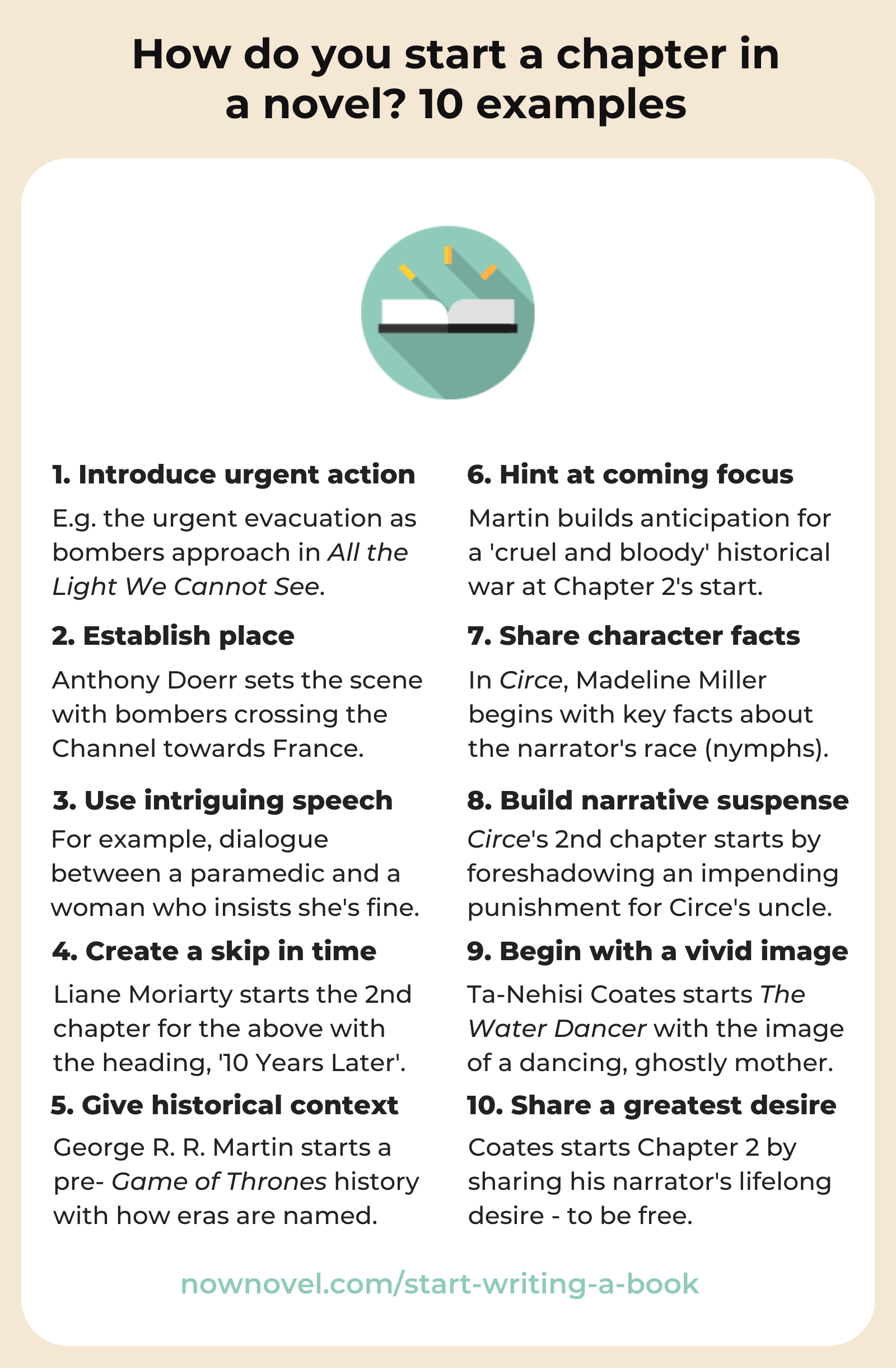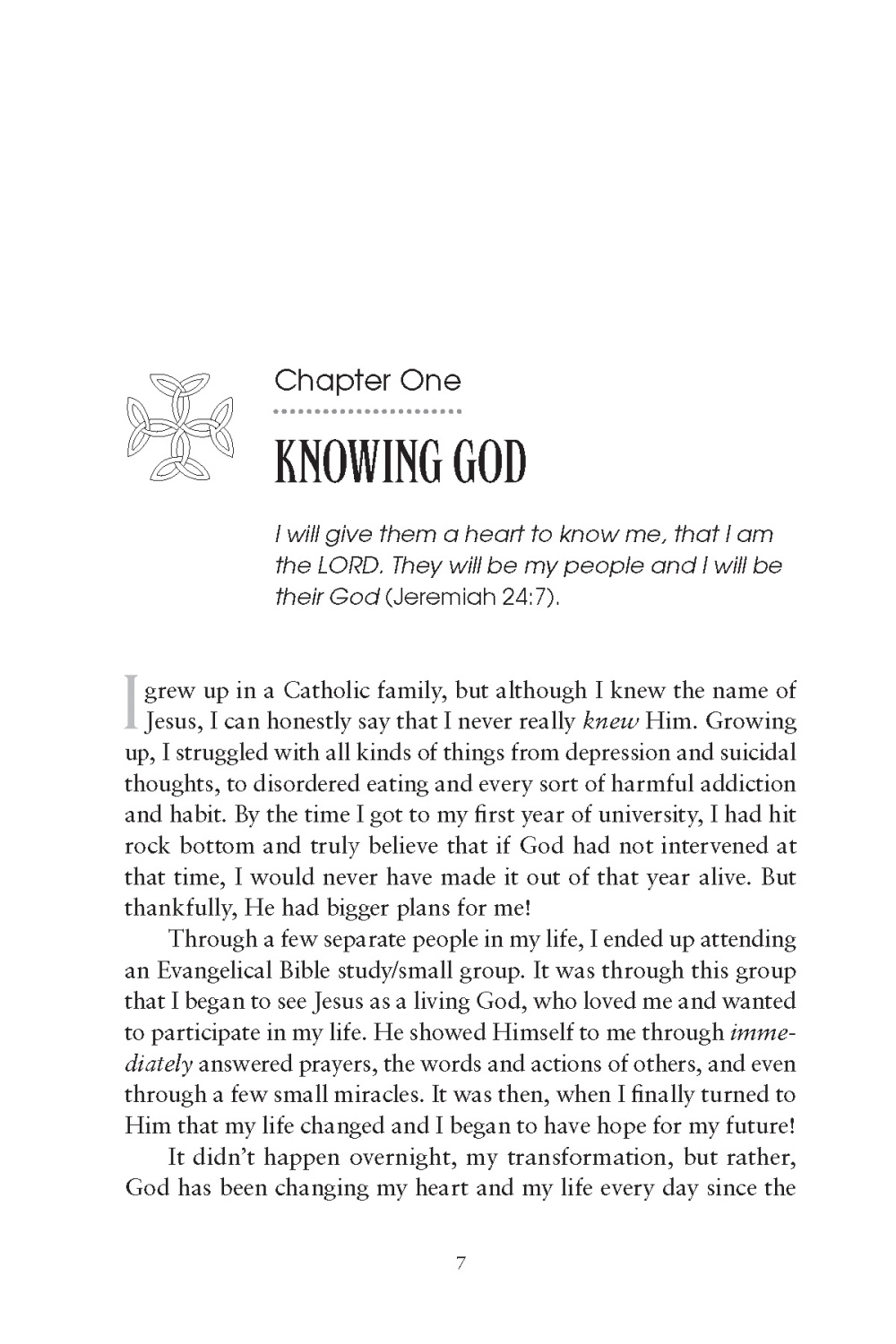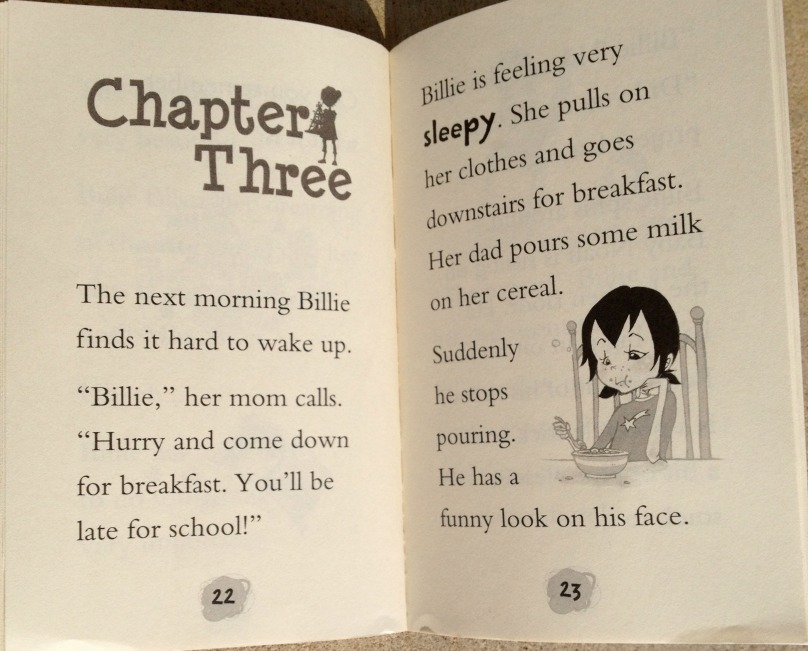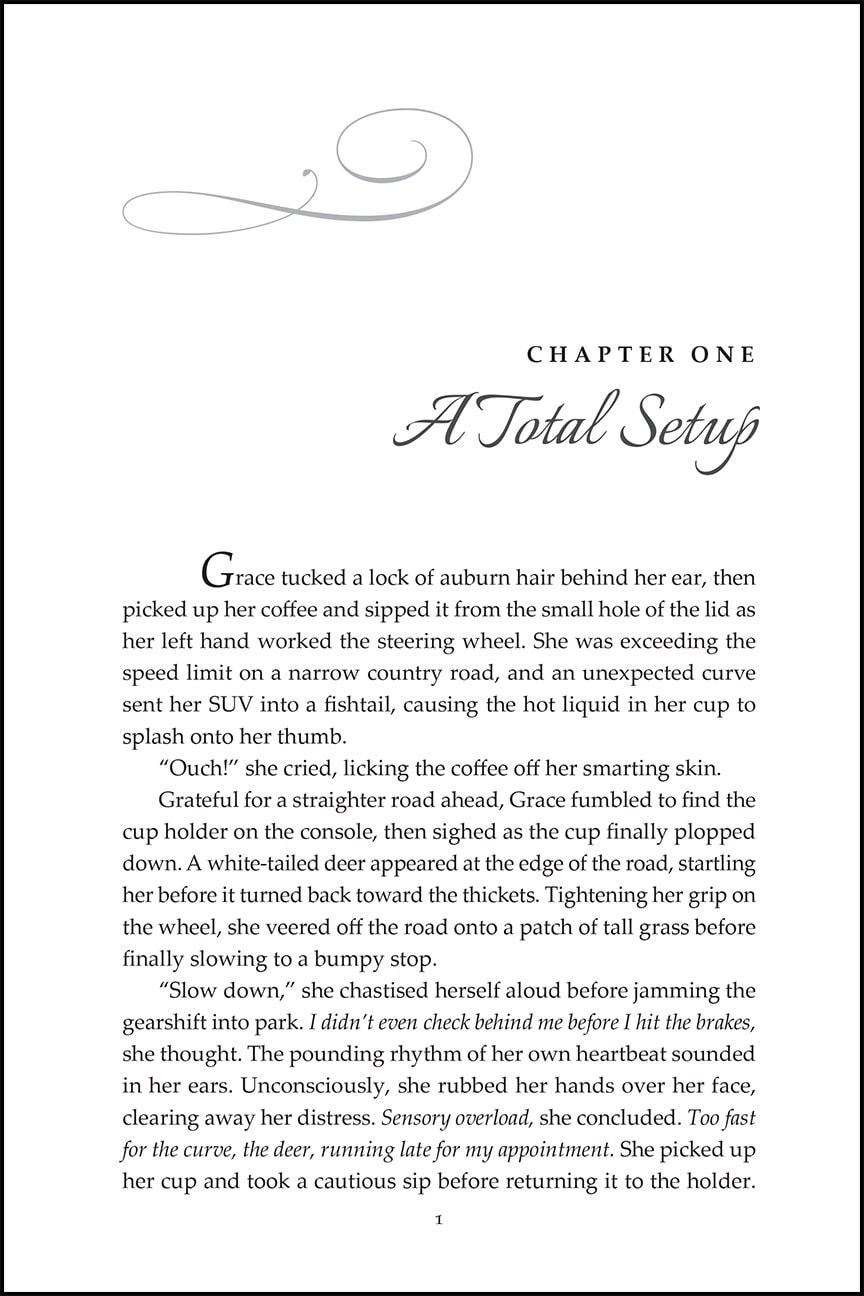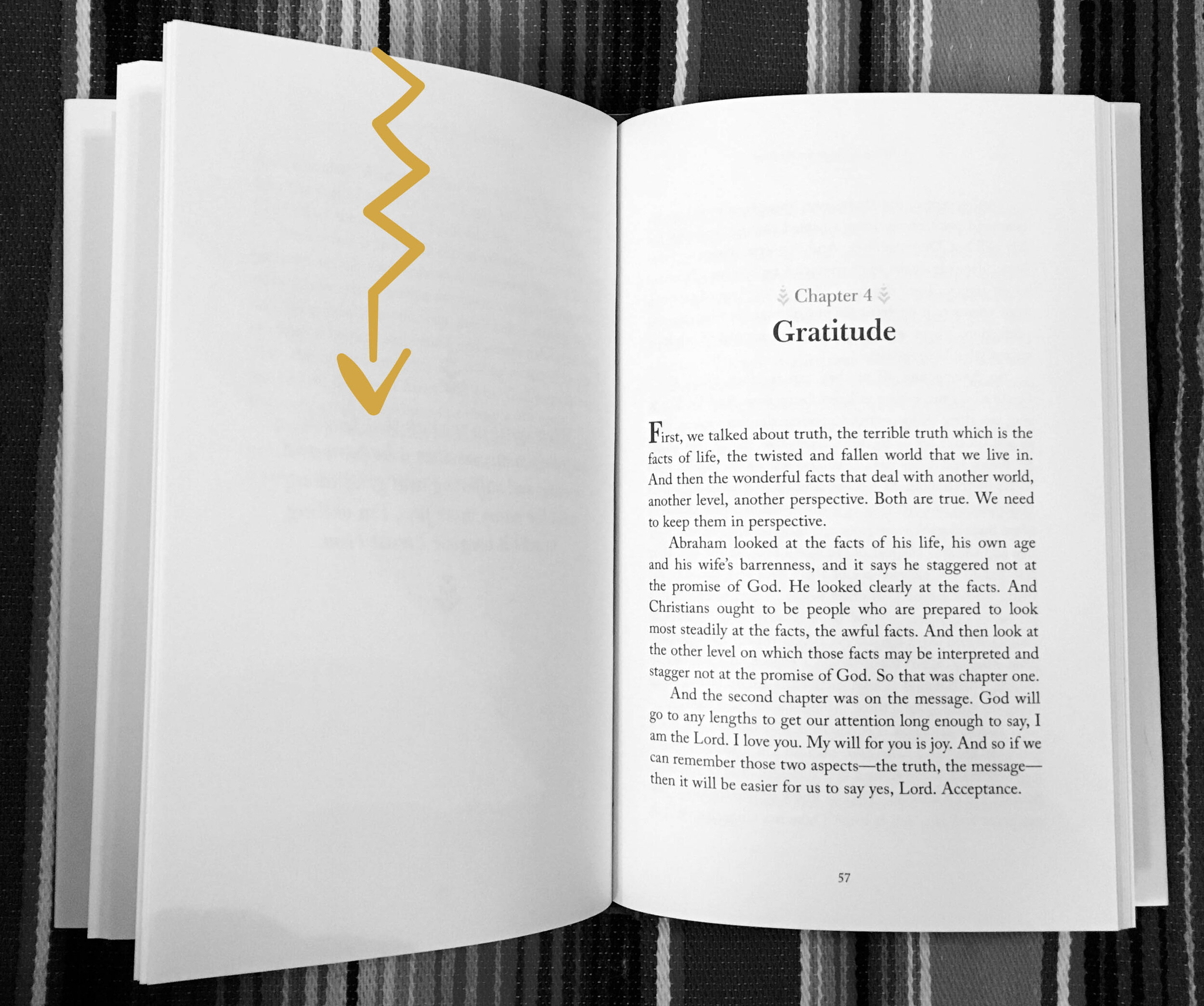Casual Info About How To Start A Chapter In Book

Let action develop through the chapter.
How to start a chapter in a book. Zoom closer into the action. Focus on stakes. Here's a checklist on how to write a good first chapter to help you write an opening that grabs the reader and doesn't let go.
Plus, you'll learn how to reuse features, parts, and assemblies through symmetry, patterns, copied components, and more. How to write a good chapter for a fiction book; They blow across the ramparts, turn.
Luckily, some of the same advice applies. In the classic linear structure, the beginning of the chapter is balanced out by the end. These can take longer to craft than many of your chapters.
Now it’s your turn what is a chapter? A short story can be read in one sitting, but a novel is usually broken up into accessible parts, forming a book that can be easily revisited whenever the moment arises. A novel is divided into related sections called ‘chapters’.
Below is a process you can use for any genre. A good book chapter gives your reader something to connect with or relate to. How to end a chapter?
An academic book chapteris defined as a section, or division, of a book. Not only can this breathe fresh life into your story and stop it from feeling too static, but it can also be a subtle way to emphasise a shift in mood or tone. That’s because when you’re writing your first draft, you’re writing for you.
Once you start writing your first draft of your own book, knowing when to begin a new chapter can seem like a daunting task. I’ve written and rewritten my first chapter dozens of times, and i’m not alone. This is to give the book a good beginning as well as a good or twist ending depending on how you want to write your book.
[1] 2 organize the chapters. In fact, one could even say that a book is written one chapter at a time. It’s good to end chapter one with some closure.
Build multiple assemblies that combine over 100 extruded machined parts and components; Chapters will give your book structure. Because it is chapter one, your readers will trust that the closure will turn out to be deliciously false.
These are usually separated with a chapter number or title. Keep your chapter length under control; It helps if you map out your plot, setting, and characters, keeping the notes with you whenever you have the urge to continue your story.
.png)
